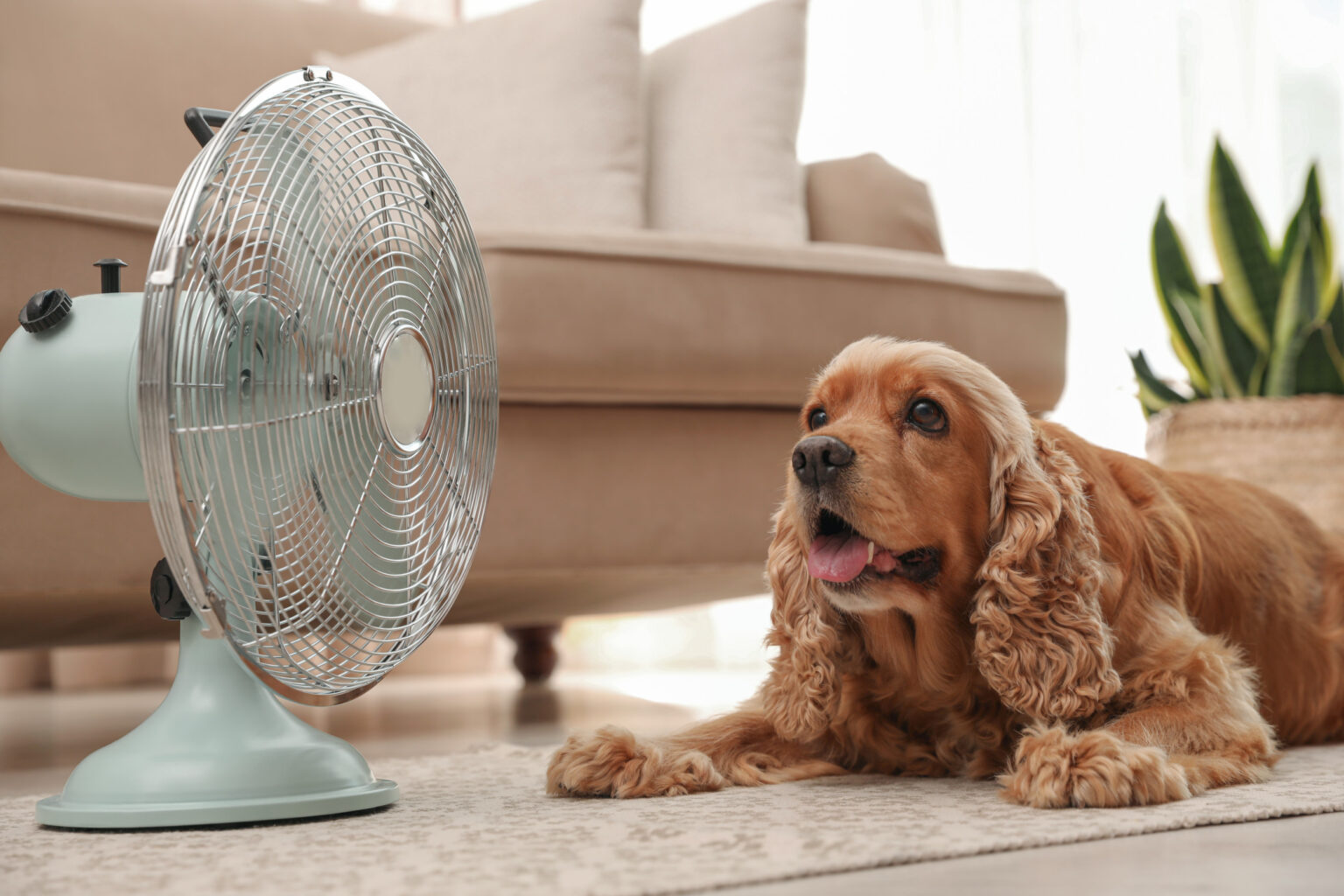Even indoors, the rising summer heat can pose a serious health risk to pets, veterinarians warn.
As temperatures soar across the U.S. this summer, many pet owners may wrongly assume that keeping their dogs and cats inside is a guaranteed safeguard against heat-related illness.
“Preventing heatstroke in dogs requires several proactive measures, since they do not sweat as humans do, but instead cool themselves through panting,” Dr. Rebecca Tremble, a veterinarian at Hill’s Pet Nutrition, told Newsweek.
“Certain dogs are at higher risk, including those with thick coats like Siberian huskies, chow chows or golden retrievers, and flat faces such as Shih Tzus, pugs, boxers and bulldogs.”
Tremble added that overweight dogs, puppies, senior animals, and those with heart or breathing problems are also more vulnerable in extreme heat.
While outdoor temperatures often get the most attention during heat waves, experts say indoor environments without proper cooling or ventilation can become dangerously hot too—especially for animals unable to regulate their body temperature like humans.
Indoor Heat Hazards
Indoor overheating can occur rapidly, especially during power outages or in homes without air conditioning.
“To prevent heat-related issues indoors, owners should ensure their dogs have access to adequate shade and, ideally, a space with air conditioning or fans,” Tremble said. “Providing cool, fresh water is crucial for hydration, especially if indoor temperatures are high.”
Tremble also recommended using cooling aids such as wet cloths on pulse points such as the groin or neck, or a cooling body wrap. During extreme heat, allowing pets to rest on tile floors or in basements can help regulate their body temperature.
Dr. Teresa Manucy, a veterinarian at Chewy, emphasized the importance of hydration and creating a pet-friendly indoor climate.
“Hydration is crucial in hot weather,” she told Newsweek. “Many cats, and some dogs, are more inclined to drink from running water, so using a pet-friendly water fountain can encourage them to stay hydrated.”
Cooling mats filled with nontoxic, pressure-activated gel can also provide a surface that remains cool for hours, according to Manucy. Fans, she said, support evaporative cooling and help circulate air effectively inside homes.
Adjusting Routines for Safety
Pets also benefit from schedule changes during heat waves.
“Owners should prioritize their dog’s safety by adjusting routines and staying vigilant,” Tremble said.
She advised walking dogs during cooler parts of the day—early morning or late evening—and testing pavement temperatures to protect their paw pads. Booties can come in handy when walks on hot surfaces are unavoidable.
Supervised yard time and limiting outdoor exposure are critical steps, Tremble added. Water-based play activities such as swimming or sprinklers can also provide safe alternatives to traditional walks.
“If you recognize signs of heat exhaustion,” Tremble said, “apply cool, wet cloths to their neck, armpits, hind legs, ears, and paw pads.
“Offer cool, fresh water, but never force it, and avoid ice cubes to prevent shock.”
Recognizing and Responding to Warning Signs
Veterinarians stress the importance of identifying early signs of overheating before it escalates to heatstroke. Symptoms may include excessive panting, glazed eyes, lethargy, drooling, vomiting, or confusion.
“If your dog’s temperature reaches 106 degrees Fahrenheit or they exhibit severe symptoms like vomiting or convulsions, contact your veterinarian immediately,” Tremble said.
Both veterinarians agree that preventing indoor heat exposure is just as important as outdoor precautions.
“Keeping dogs indoors will help since shade and air conditioning keeps indoor temperatures cooler,” Tremble added. “You can also start lowering their body temperature by misting them or gently pouring slightly cool or room temperature water over their head, belly, underarms, and paws.
“Avoid using cold water to limit shock from sudden temperature decreases.”
Do you have funny and adorable videos or pictures of your pet you want to share? Send them to life@newsweek.com with some details about your best friend, and they could appear in our Pet of the Week lineup.
Read the full article here


